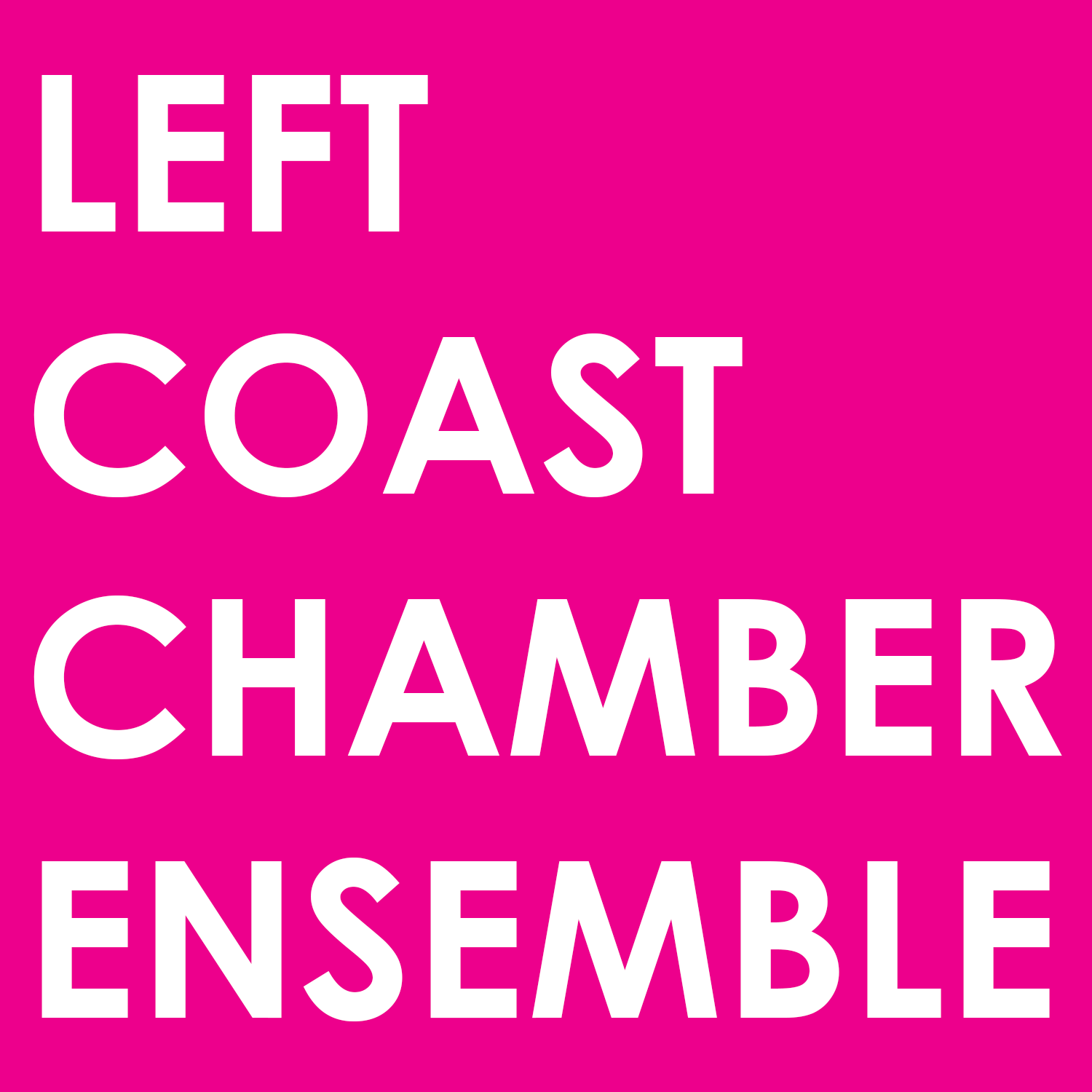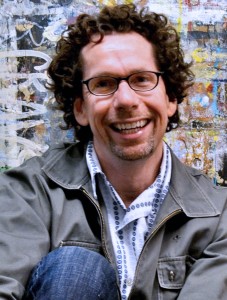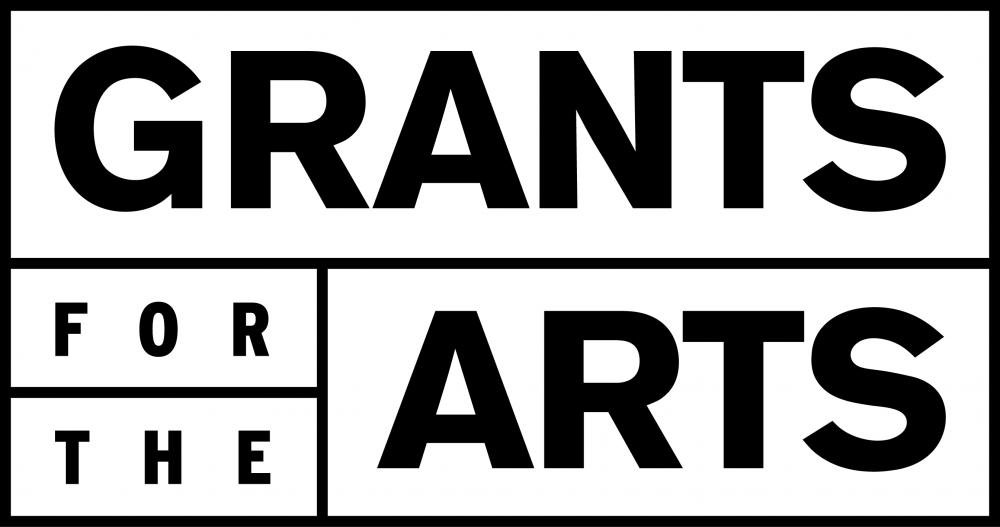French Sublime
Lili Boulanger – Nocturne (from Deux Morceaux)
Claude Debussy – Premiere Rhapsody
Olivier Messiaen – Quartet for the End of Time
Kurt Rohde – one wing WORLD PREMIERE
Left Coast explores the French sublime, earthly and divine, first with music of Lili Boulanger and Claude Debussy, and then Messiaen's Quartet for the End of Time. Written while the composer was held in a prisoner-of-war camp, it begins with the sound of an improvising nightingale surrounded by a shimmer of sound and transports us through multiple universes. Completing the program is the World Premiere of one wing, a new work from Kurt Rohde reflecting Messiaen's enduring influence.
Open seating.
Artists
Anna Presler, violin
Jerome Simas, clarinet
Eric Zivian, piano
Tanya Tomkins, cello
Mr. Zivian’s performance is sponsored by a grant from The Ross McKee Foundation.
BERKELEY
Berkeley Hillside Club
2286 Cedar St, Berkeley [directions]
Sunday, February 2, 2020, 7:30 PM
SAN FRANCISCO
SF Conservatory of Music
50 Oak Street, San Francisco [directions]
Monday, February 3, 2020, 7:30 PM
SPECIAL EVENT!
Messiaen and the End of Time:
Free Panel Discussion and Talk
Doug Adams Gallery
2465 Le Conte Avenue, Berkeley
Friday, January 31, 2020, 5:00pm
Get to know the music!
Kurt Rohde - one wing WORLD PREMIERE
Program notes by the composer
It is not always wise to base one's new piece on the music, or the influence, of a significant piece or body of work by a well-known composer. What exactly is the goal? To respond, to react, to add onto, to stand in opposition from? It is so abstract that its vagaries feel more specific than anything else.
Years ago, I went to see the San Francisco Opera's production of Messiaen's St Francois d'Assise - - - twice! This is NOT grand opera. It is not engrossingly entertaining in the manner the best Puccini, Verdi and Glass operas are. St. Francois d'Assise, which I have trouble even accepting as opera, is over five hours long, and has long stretches of tedious, almost maddeningly incomprehensible enactments of mystical experiences that are so personal, so specific, so rarefied that they feel as if they are meant to actually push you, the listener, away. Then the angel arrives.
Only a few times throughout the 5+ hours does this creature appear onstage and sing. It is some of the most unanticipatedly moving and beautiful music I have ever heard. I clearly remember the first time I heard the Angel Music in performance, and by the end of the aria, I was quietly weeping, as were the people around me. It blew me away, and in my frustrated state after the first performance, I was skeptical of my reaction to the effect of the music. Hence, I decided to endure another performance and went back the next evening. And even that second time, knowing what would happen, produced the same reaction; it was a profound experience.
The SF Opera production had the Angel costumed with only one wing. It was ingenious and captivating to see. Was this just a modernist take on costuming, or was it a way telling us to reimagine the properties of the angel? We assume angels must have two wings in order to transit because that is how it is done in our natural world. But angels are not of this world, they are not birds or butterflies, and their nature might be totally different. Perhaps one wing is all that is needed to move about and deliver messages from the almighty.
I don't believe in angels. But if I did, I would imagine them as a point of transmission between us mere mortals and the divine creatures beyond. They could talk to us, traveling from a realm we cannot get to, and they could also talk to the inhabitants of that realm on our behalf. In my piece, the violin and the piano are either us (here) or them (there). You are free to decide which. The two instruments play near each other, but never with each other. Their rhythmic parts operate in a predetermined plan:
(piano) 7 - 9 - 10 - 11 - 12 - 13 (becoming agitated)
UNITY 8
(violin) 6 - 5 - 4 - 3 - 2 - 1 (becoming elongated)
Only when they reach the "end" of the plan (13/1) is there a common space for the two players to connect, to be as one and communicate in a singular way, sometimes as one, sometimes alone.
Lili Boulanger (1893–1918)
Nocturne for violin and piano (1911)
by Scott Foglesong
The story of Marie-Juliette Olga “Lili” Boulanger is the story of promise unrealized, of a dazzling talent lost to tuberculosis at the age of 24. Her sister Nadia went on to a magnificent career as teacher and mentor to scores of young composers, but for Lili it came to an end before it had scarcely begun. Her output—what little there is of it—bears witness to her superb gifts. The Nocturne is amongst her earliest compositions, a lovely morceau with a distinctly Debussyean vibe, ethereal and beguiling.
Claude Debussy (1862–1918)
Premiere Rhapsody for Clarinet (1910)
by Scott Foglesong
There’s something ironic about Debussy’s appointment to the governing council of the Paris Conservatoire, given his past history there as enfant terrible. But by 1910 his wild-eyed radical days were over. And he needed money. So he judged Conservatoire juries—i.e., the yearly qualification exams—starting in 1909.
Thus it was that for 1910 Debussy dashed off the Petite pièce for the clarinet jury’s “at-sight” component, and expended considerable time and effort on the “prepared” composition—the Première Rhapsodie for clarinet and piano, with the orchestral version coming a year later.
The Première Rhapsodie provides a preview into the world of late Debussy—more neoclassical than impressionist, structurally Germanic but temperamentally Gallic, maintaining a sustained elegiac mood with occasional bursts of playfulness. Debussy exploits the entirety of the clarinet’s emotional range, from soulful to effervescent to declamatory, and even anticipates the instrument’s prominent voice in the soon-to-come jazz age.
Olivier Messiaen (1908–1992)
Quartet for the End of Time (1941)
by Scott Foglesong
Olivier Messiaen was 31 years old in May 1940 when the Nazis invaded France. Drafted into the army and stationed in Verdun, he lasted for little more than a month before the Germans captured the town and carted him off to a prisoner-of-war camp along with three other musicians: clarinetist Henri Akoka, violinist Jean le Boulaire, and cellist Étienne Pasquier. Over the course of his time in Stalag VIII-A in Görlitz, Messiaen composed the Quartet for the End of Time on scrounged manuscript paper; the four prisoners premiered the work at the camp in January 1941, outdoors and in the rain, on mostly decrepit instruments.
Justly recognized as a 20th-century masterwork, the Quartet blends Messiaen’s signature love of nature with his deeply-felt Catholicism. The sensory and the spiritual are made compatible, suffering and joy in equal measure. “With Messiaen, music has suddenly regained the religious, cosmic sense that it had lost for so long in Europe,” wrote Guy Bernard-Delapierre in 1945. “Rainbows, stained glass, perfumes, the dances of planets and atoms—he spoke of all that, suggesting to me an unknown music full of rhythms and new colours of sound.”
Banner image: Bonnie Rae Mills












